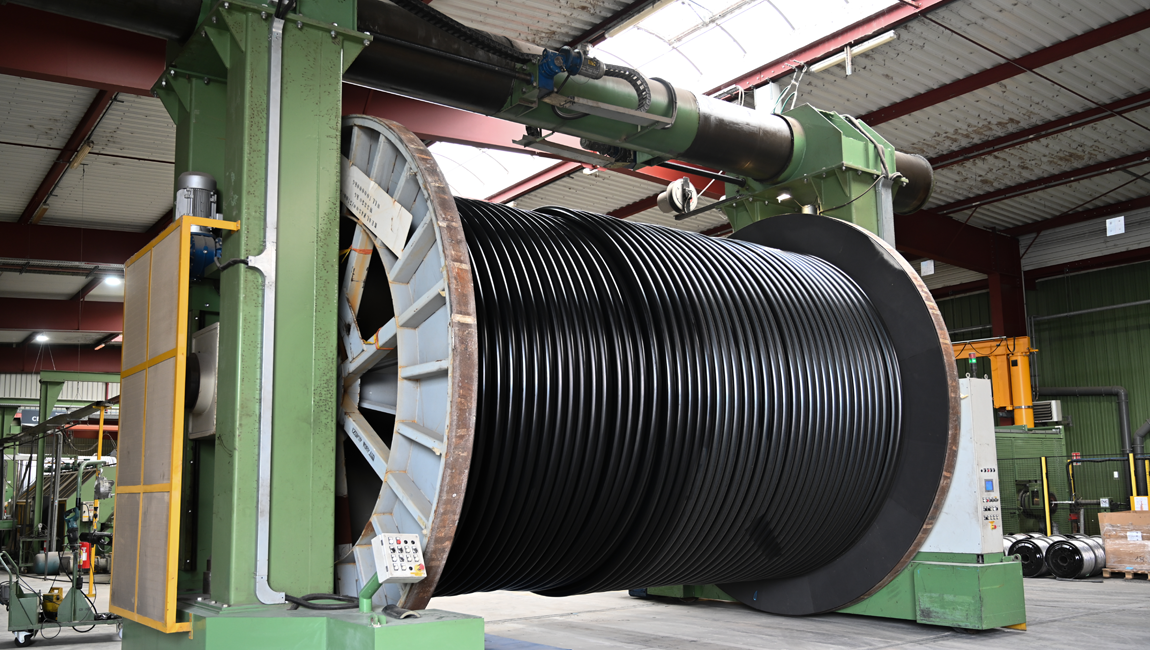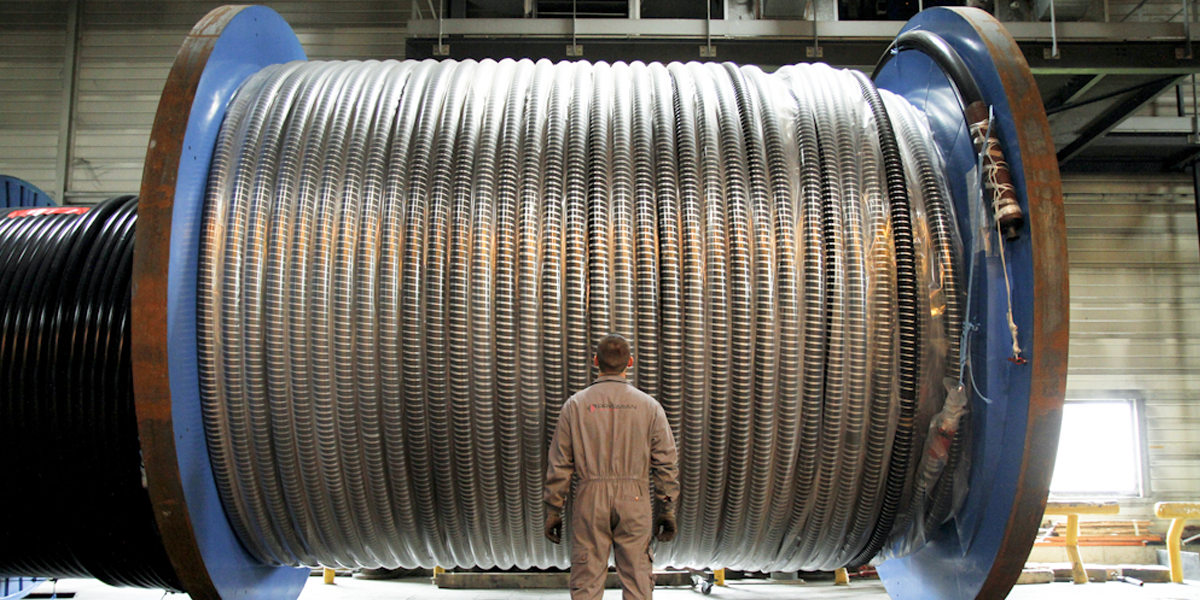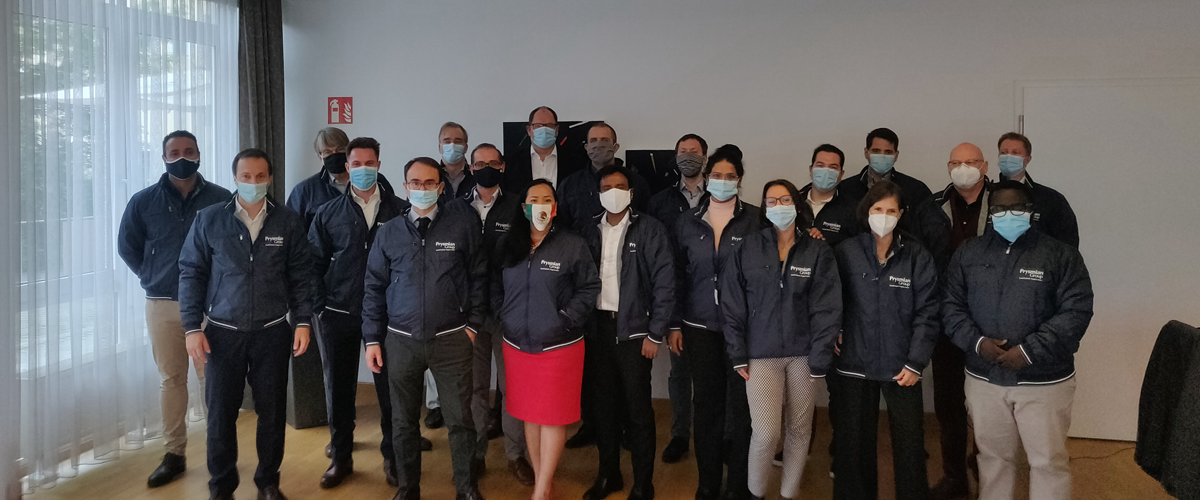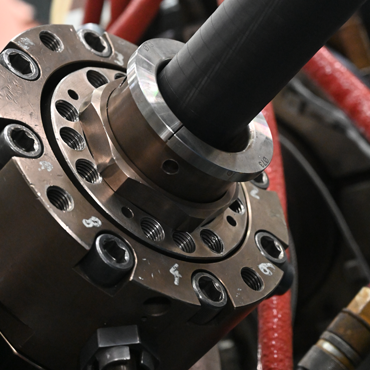Prysmian Group starts work on first German corridors project SuedOstLink

A multicultural staff of around 30 local recruits led by Francesco Gravame is at work on surveying, permitting and mapping its 250-kilometer route in the first of three massive underground cables projects helping Germany achieve its energy transition
A truck with a camera on its roof is driving around Bavaria taking pictures of hundreds of kilometers of roads in Southern Germany. Google Maps? No, it is Prysmian Group, surveying the route for part of three massive underground cable links it will lay to enable Europes largest economy transition to clean, renewable energy sources.
Surveying the roads along the 250-kilometer route of the SuedOstLink is one of the first tasks for Prysmian Group SuedOstLink Project Director Francesco Gravame as he and his team of about 30 people get started on the world’s largest underground cables project, known as the German corridors. SuedOstLink and two others like it (SuedLink and A-Nord) comprise a total of 5,130 kilometers of DC underground cables that from 2026 will transport clean wind energy from the North Sea – where wind power capacity will grow -- to millions of users and factories in the south as coal fired and nuclear plants get switched off.
“The German corridors will demonstrate the technical viability of long-distance underground cables as a way of helping achieve Europe’s energy transition, in alternative to overhead lines – which are easier to install but often take longer because of difficulties in obtaining permission,” says Gravame.
Francesco Gravame
Prysmian Group SuedOstLink Project Director
The SuedOstLink has been categorised by the European Union as a project of common interest (PCI). The project is therefore responsible for the ongoing security of energy supply, as well as the evolution and advancement of renewable energy at a European level.
Prysmian Group is a company accustomed to setting records and achieving new milestones. SuedOstLink will be no exception. Prysmian has carried out many large land underground installations, but this project, together with the other two German corridors, will be its largest of this type so far. For all the three projects, Prysmian will lay a total of about 2,300 kilometers route of HVDC energy cables, representing around 44% of the total cables needed. SuedOstLinkwill be the debut of the ± 525 kV PLaser technology to enable a transmittable power of more than 2GW on a single system for the first time.
PLaser – Prysmian insulation technology developed in-house - is the first 100% recyclable, eco-sustainable, high-performance cable technology based on HPTE (High Performance Thermoplastic Elastomer). This technology doesn’t need any post-manufacturing treatment like de-gasing, reducing production time and lowering CO2 emissions in production by 30%.
Commissioned by grid operator TenneT, SuedOstLink is the first of the three corridors to get started. This cable runs from Saxony in the heart of Germany south to the Isar power station near Munich, and has been recognized by the European Union as a “project of common interest.”

Francesco Gravame with support of HQ & Regional staff got SuedOstLink up and running this summer, setting up a dedicated office in Bayreuth - near German branch HQ of customer Tennet - and locally recruiting a multicultural team of around 30 people. With Prysmian, HQ& Regional leaders, he held a day-long in-person “kickoff” meeting in autumn in Bayreuth so that staff on the six-year project could get to know one another. Project management issues, KPIs, reporting and notification procedures have all been identified and established. But staff has been forced to shift to remote working because of the pandemic.
SuedOstLink Prysmian team, R&D, System design, and Manufacturing have developed a Type Test plan necessary to further validate PLaser technology with the copper (Cu) conductor. This plan includes multiple activities. As well as designing the Type Test itself, the process takes in design, production of a cable tranche, accessories, the execution of all propaedeutic, routine tests – and, last but not least, training of jointers on this new product.
Several of these activities have already been completed. Currently a 3000 mm2 copper cable tranche has been produced at Prysmian Group’s Gron plant. This phase is called the “second industrialization,” and follows a previous industrialization test on a PLaser cable made of aluminum. Accessories, joints and other features are also undergoing propaedeutic, routine tests necessary to complete the Type Test. The actual Type Test will start in early January 2021.
The planning, organization and execution of the Type Test requires technical as well as project management know-how, considering that the different laboratories and factories involved all need to be coordinated: Gron (FR), Bishopstoke (UK), Livorno (IT), and Milan (IT).
Now the SuedOstLink team has almost completed the cable design phase, and the Type Test plan has started its final stage. The team is starting to tackle the complexity how to install 500 kilometers of cable – a challenge that Francesco with a bit of understatement says is “not negligible”.

“There is a lot of interaction with the customer and local community, as well as logistic and technical challenges on the design,” he explains. “We are defining the process to integrate routing data from the customer’s side, and German authorities, with the logistics and design for installation.”
The logistics survey is also demanding. The cables will be produced in Gron will be delivered to Intermediate Storage Area (ISA) in Germany by seafreight and then from ISA the drums weighing up to 70 tons each will be transported by truck to different installation locations along corridor in Germany. Since these are all oversized loads, each individual truck needs a permit, and approximately 150 permits have been prepared & requested out of a total of 160, 45 permits already also approved. In addition to permit process a truck is performing a survey with camera to simulate as much as possible the road transport.
“We are simulating as much as possible to prepare for the day we are delivering cable; we need to know what road to be used and what permits are required,” he says.
The team is now gearing up for installation design. Watch this space for more!





